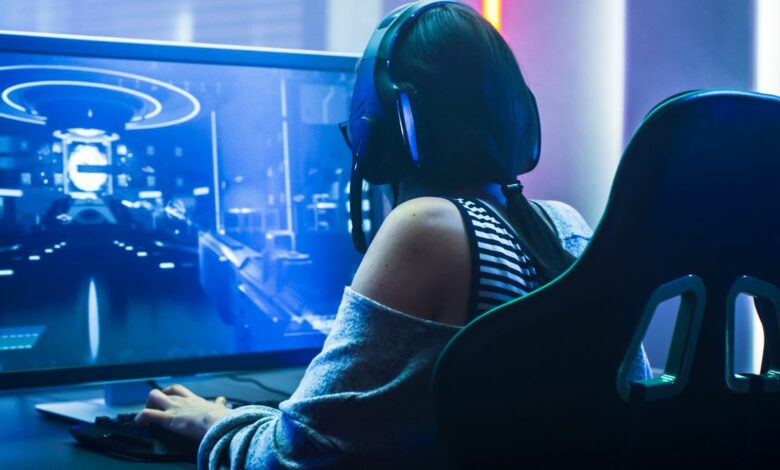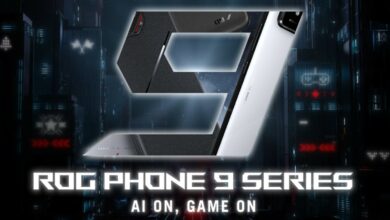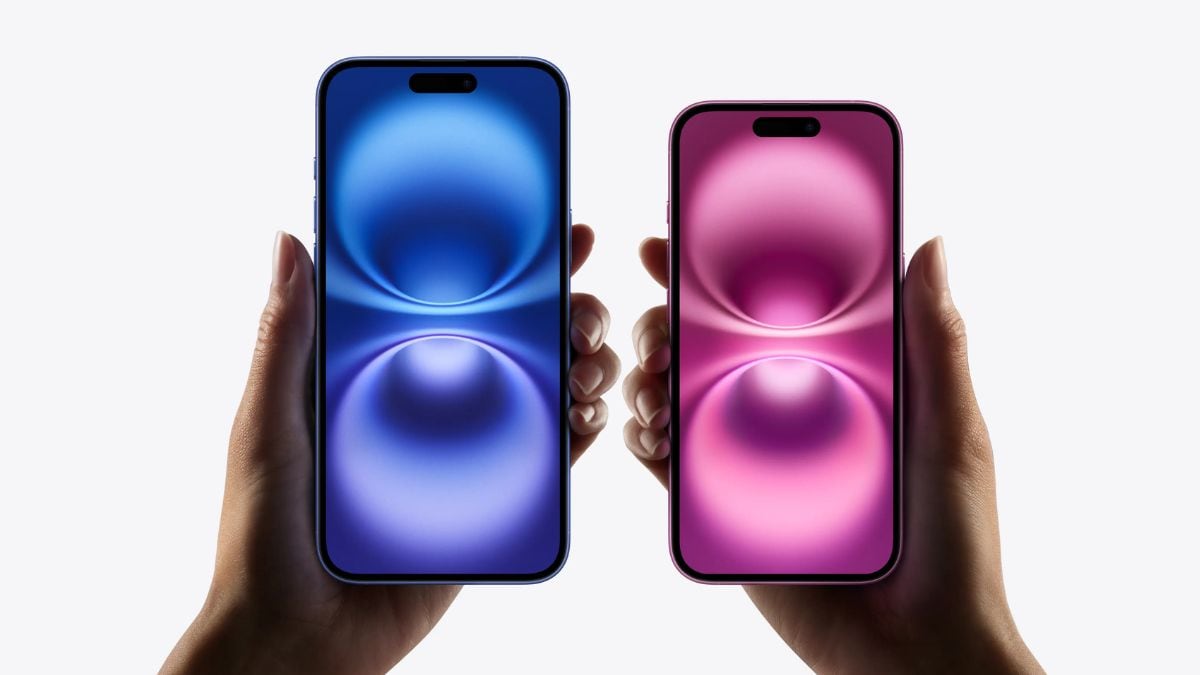AMD’s new FSR 3.1 loses first round battle against Nvidia DLSS in frame rate booster battle

AMD’s FSR 3.1 only launched last week, on June 27, with support for a handful of games, but new testing has already shown that DLSS 3.7, the latest version of Nvidia’s competing upscaling solution, is still miles ahead in terms of image quality.
Digital Foundry’s tests also showed how FSR 3.1’s frame generation can be used with any form of AI upscaling (like DLSS). While the hardware team only had access to FSR 3.1 briefly, they performed comparisons using PC ports of PlayStation titles (the only games currently supported), including Horizon Forbidden West, where the latest FSR revision still lagged behind DLSS 3.7.
The improvements AMD has made are noticeable when comparing FSR 3.1 ‘Balanced’ at 1440p resolution to the older FSR 2.2. The newer image is less pixelated, with less reported glare, but that said, the more advanced anti-aliasing of Intel’s XeSS and DLSS 3.7 appears to be more in line with native rendering on moving pixels.
The Digital Foundry team noted that, “When moving objects with FSR, they generally have a pixelated appearance and lack anti-aliasing.”

This is said to happen in the PC version of Ratchet and Clank: Rift Apart, which looks “crackly” and “pixelated” regardless of whether the game is played in Balanced Mode at 1440p or 4K, compared to DLSS 3.7.
Still early
FSR 3.1 is described as an “iterative improvement” over the previous version of the upscaling solution, rather than a major overhaul.
It’s important to remember that it’s still early days for the rollout, so it’s unknown whether the issues mentioned here are more pertinent to these PC ports of Nixxes, or if they’ll be a broader problem for all games taking advantage of FSR 3.1. We can also expect software updates to address these issues soon.
There are of course a number of major positives to AMD FSR 3.1: its open source nature for starters, and also the major shift in decoupling the upscaling and frame generation elements, allowing the latter to be used with any graphics card (not just AMD’s). In other words, Nvidia RTX 3000 and 2000 GPU owners can have AMD’s frame generation (which isn’t supported with DLSS, outside of RTX 4000 cards) layered over DLSS.
If you are using FSR 3.1 and you experience a pixelated image when moving, it is best to adjust the settings manually rather than relying on the Balanced preset with its sharpness level.




